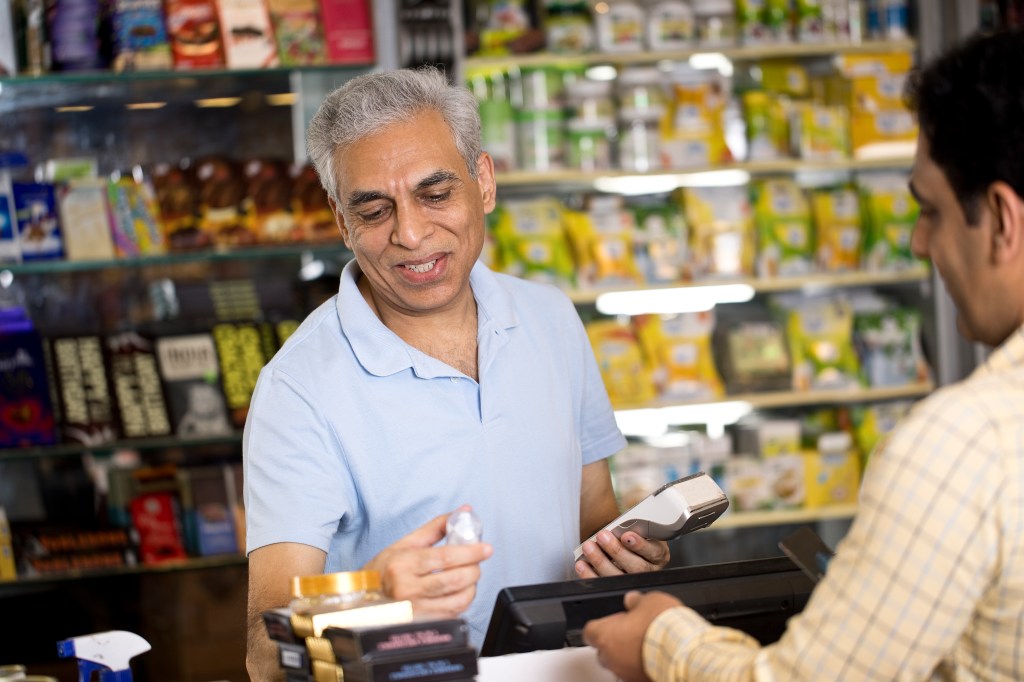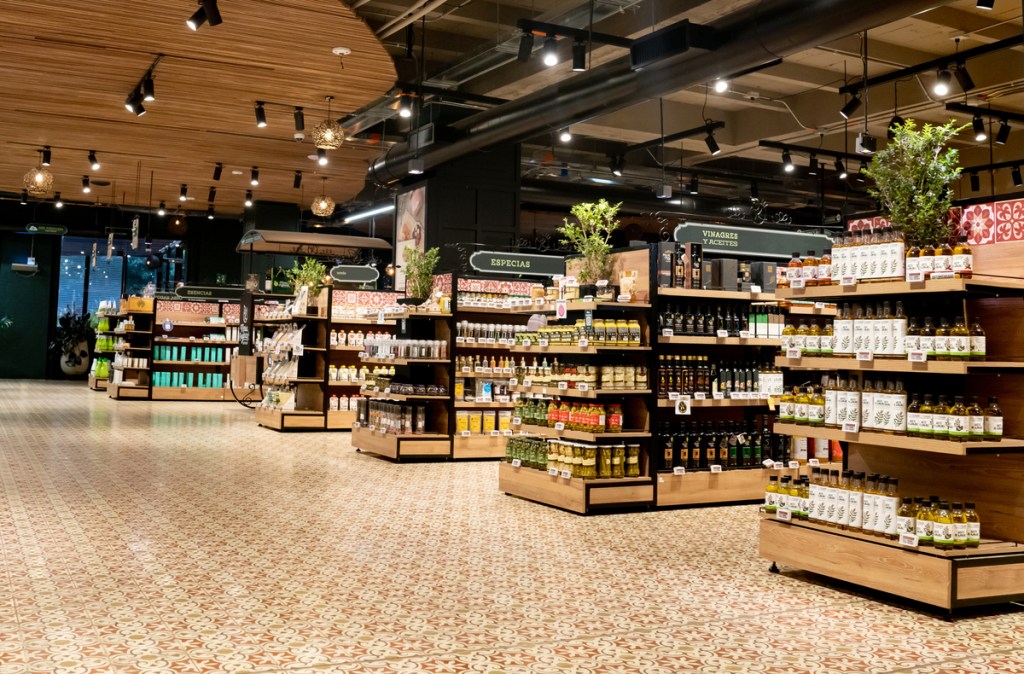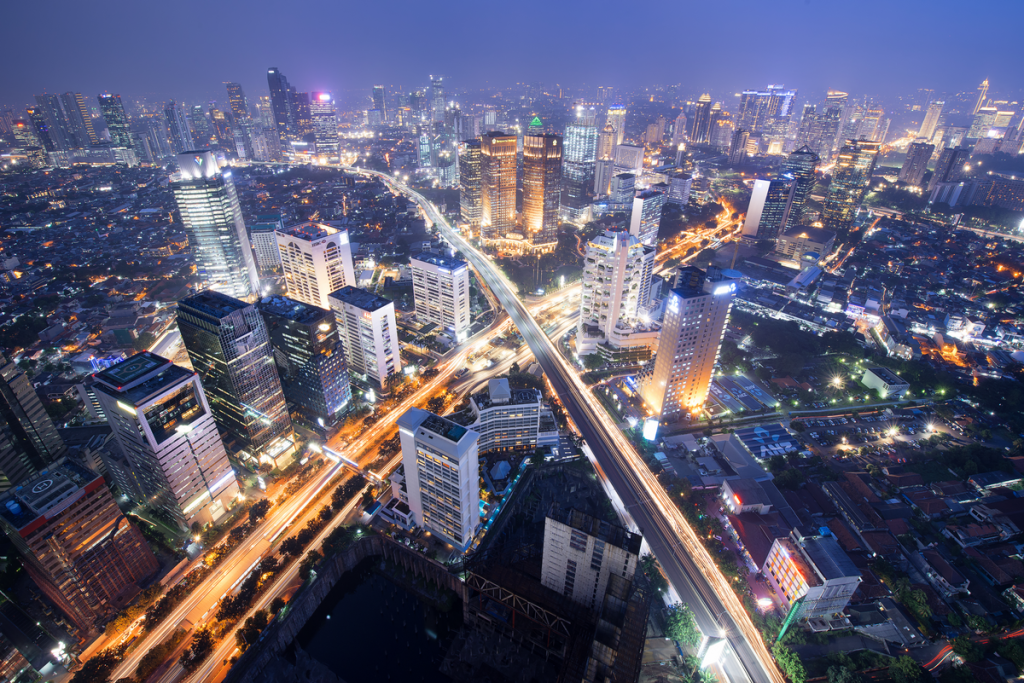Traditional trade evolves to be more convenient for consumers
Indian consumers now prefer contactless, cashless, and even customer-less retail experiences. Consumers also want more choices and fast, easy access to products.
Traditional trade is the dominant retail channel in India accounting for 81.8% of FMCG sales, and leads the way for FMCG growth. With over 11.5 million offline stores growing at 4% compounded annual rate, currently this highly dynamic retail channel is evolving to be more convenient for consumers.
To meet consumers’ growing demand for convenience, traditional trade stores are adopting a variety of tactics including digital payments, wider assortments, shorter delivery times, apps, and exclusive promotions.
Major FMCG companies are also directly empowering Kirana stores (small mom and pop shops), through technology (particularly apps) to manage inventory, accounting, billing, payments, and even help with customer management.
Riding the experiential trend
Shopper experience will be a key growth driver in the future retail landscape. In India, enhancing consumer experiences looks like brands investing in fuss-free, uniquely personalized experiences.
We’re seeing the emergence of unmanned stores using AI, camera technology, and other sensors to give consumers convenient experiences. We’re also seeing a rise in experiential stores. For example, a well-known Indian garments retail chain offers not only a complete range of clothing, home, and lifestyle products, but also provides in-store experiences focused on design and wellness, or value adds like kids’ zones and cafés.
Another popular trend in many Asian markets that’s making inroads in India is livestreaming. Customers can buy products recommended by content creators directly from livestreaming content. The popularity of this emerging channel is driving FMCG sales growth in the market.
Retailers are also offering more customer personalization in the form of seamless offline and online experiences. Researching online and buying offline is still a popular shopping method among Indian consumers. Many brands are trying to provide more efficient shopping experiences with an omni model to appeal to these shoppers, particularly in tier 2 and tier 3 markets, where this method of online research and offline purchasing is most popular.
Demand for expertise is still high and evolving
The Indian middle-class population is growing rapidly and expected to be larger than that of China, the United States, and Europe by 20271. The expertise of influencers who post content in the vernacular language and provide product recommendations will be important purchase drivers for this consumer group.
The Indian market has witnessed the rise of zero waste stores or peer reviewed products thanks in part to expert influencers.
E-tailers themselves will also be important sources of expertise and information for consumers as search engines transform into free marketplaces. The online space will be a key battlefield to win over consumers with trustworthy information.
Omnichannel embraces quick commerce
In India, e-commerce makes up for 2.9% of FMCG sales and shows great potential to expand. E-commerce retailers and startups have modernized traditional trade, and we also see restaurants and cafes selling more product online.
The way the traditional trade and e-commerce channels supplement each other has strengthened the presence of omnichannel retailing and helps brands reach both the urban and rural areas of the country.
India’s omnichannel, which offers customers more efficient and smarter shopping experiences, has also embraced quick commerce. The rise of supply chain solutions enabling last minute delivery, express delivery, and the emergence of “dark stores,” stores that are designed predominantly for quick collection of items rather than the store experience, are all catering to this growing need of Indians for an omnichannel experience.
We also see community buying trends emerge in India, wherein any customer can initiate a team purchase and invite friends and family through social networks to join. After teams are formed, products can be bought at a discounted price.
FMCG players need to innovate and strategize for all four trends
The retail channel landscape is blurring as each channel evolves to meet the growing demand from consumers for convenience, better experiences, expertise, and omnichannel shopping options. Retailers and manufacturers cannot excel in just one area and need to innovate and strategize for all four dynamics.
Even though the different channels are becoming more homogenous to meet the emerging needs of consumers, there are ways to make better data-based decisions to differentiate your brand:
- Traditional Trade: It still accounts for over 80% sales in India and there are 11.5 million stores. Identify the right stores and markets that bring the best return on investment.
- E-commerce: Get on board with one of the fastest growing channels in India and adapt your business today to take advantage of this growing channel.
- Price and promotion: With rising inflation, getting price and promotions right will be a key battlefield. Understanding price sensitivity for your brands and how promotions impact your sales can help win sales and avoid wasted resources.





